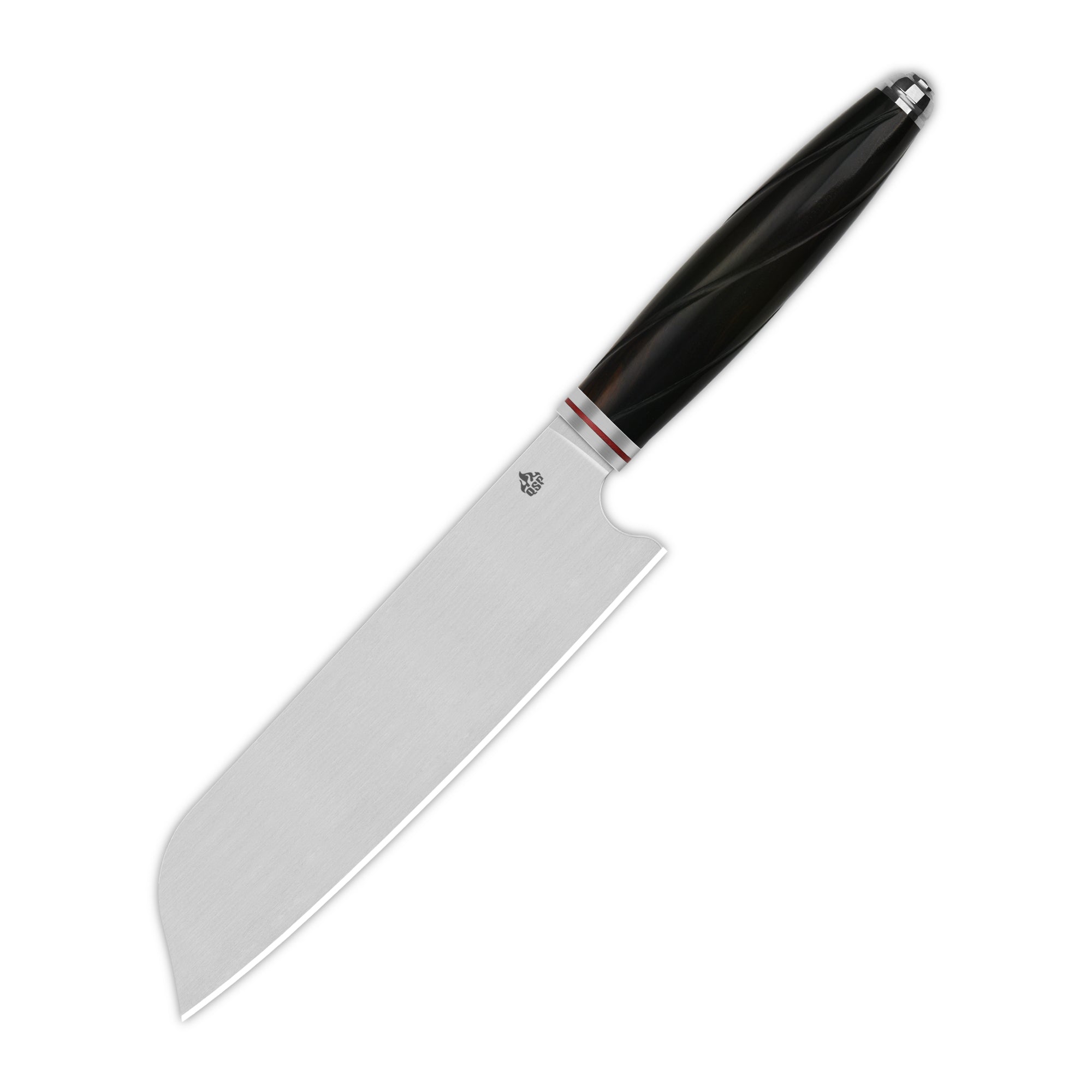When it comes to enjoying a perfectly cooked steak, the right tools can make all the difference. Among these tools, steak knives hold a special place. But what exactly should you consider when selecting the ideal steak knife? In this guide, we will explore the various aspects of steak knives, including their types, materials, and maintenance tips.

Understanding Different Types of Steak Knives
Steak knives come in various styles, each designed for specific cuts of meat. Here are some common types:
- Serrated Steak Knives: These knives feature a saw-like edge, making them ideal for cutting through tougher meats.
- Non-Serrated Steak Knives: With a straight edge, these knives provide a clean cut and are perfect for tender cuts.
- Forged Steak Knives: Made from a single piece of steel, forged knives are known for their durability and balance.
- Stamped Steak Knives: These are cut from a sheet of steel and are generally lighter and more affordable.
Materials Matter: Choosing the Right Blade
The material of the blade significantly impacts the performance and longevity of steak knives. Here are some popular materials:
- Stainless Steel: Known for its resistance to rust and corrosion, stainless steel is a common choice for steak knives.
- High Carbon Steel: This material offers excellent sharpness and edge retention but requires more maintenance to prevent rust.
- Damascus Steel: Renowned for its beautiful patterns, Damascus steel combines durability with aesthetic appeal.
Handle Comfort and Design
While the blade is crucial, the handle of a steak knife is equally important. A comfortable grip can enhance your cutting experience. Consider the following handle materials:
- Wood: Offers a classic look and feel but may require more care to maintain.
- Plastic: Lightweight and easy to clean, plastic handles are often more affordable.
- Metal: Provides a modern aesthetic and durability but can be slippery if not designed well.
Maintaining Your Steak Knives
To ensure the longevity of your steak knives, proper maintenance is essential. Here are some tips:
- Always hand wash your knives instead of using a dishwasher to prevent damage.
- Regularly hone the blade to maintain sharpness.
- Store your knives in a knife block or magnetic strip to protect the blades.
In conclusion, selecting the perfect steak knife involves understanding the types, materials, and maintenance required. By considering these factors, you can enhance your dining experience and enjoy every cut of meat to its fullest. For a selection of high-quality kitchen knives, including steak knives, visit .







